A new era in civil/military partnership
Earlier this year NATS and the Ministry of Defence (MOD) signed the Armed Forces Covenant which acknowledges the close co-operation between our two organisations and cements the relationship between NATS and the wider Armed Forces community.
We work closely with military colleagues and understand the outstanding contribution that the Armed Forces make to the social, economic and community fabric of society and the unusual pressures which our military colleagues face.
This event serves to highlight the vital spirit of cooperation between NATS and the MOD and our shared operational perspective of UK airspace. The challenges facing the UK's congested airspace are mounting as traffic levels continue to rise, so a collaborative approach will ensure that no matter how these challenges evolve, military and civil aircraft operators will be assured of the safest, most efficient passage through the UK's busy skies well into the future.
The UK is a pioneer of the Joint and Integrated approach to air traffic management
The UK has an enviable pedigree of cooperation between military and civil air traffic controllers and airspace planners. Air traffic control in the UK began as a military activity and, since its inception in 1962, NATS controllers have been working alongside their military counterparts to keep the skies safe.
This is not something to be taken for granted. In many countries the challenges of getting the military ATC authorities to cooperate with their civil counterparts are simply too daunting and the two operate separately in distinctly different silos.
Over the last few years NATS and the MOD have actively strengthened their already close relationship. Building on mutual trust and understanding of each other's organisations, we are working together to ensure the airspace is safe for all aircraft.

David Barker
Defence Business Development Manager, NATS
Understanding the challenge
For both the MOD and NATS, these are particularly challenging times.
The MOD needs to maintain a high level of operational capability, which it achieves by constantly practising how to operate different types of aircraft together and integrating new aircraft and systems. It also has to ensure that the skies above the UK are kept safe for all aircraft operators.
Military aircrew need to train in UK airspace to be ready for operational missions in the UK or elsewhere around the world. New and increasingly sophisticated aircraft – such as new generation fighters, air-to-air refuelling aircraft, transport aircraft and remotely piloted aircraft – need a greater volume of airspace in which to train.
At the same time, civil air traffic continues to increase and remains vital to the prosperity of the UK economy. UK airspace is busy and needs to be managed and shared appropriately to fulfil both the civil and military requirements.
The one constant and non-negotiable requirement is
To ensure the safe and efficient integration of military aircraft within the complicated UK airspace structure the RAF Unit Swanwick (RAF(U) Swanwick) is embedded in the Swanwick Control Centre. Military air traffic controllers work alongside civilian colleagues to ensure military aircraft can take the safest, most fuel-efficient routes without compromising operations or training. As an example military controllers work within the Swanwick Terminal Control room to manage traffic into and out of RAF Northolt in West London, which lies only five miles away from Europe's busiest airport – London Heathrow. Civil and military controllers ensure traffic using these airfields are safely coordinated. They share a common picture of the airspace and work with the same set of aeronautical data.
NATS and the MOD – developing together
Swipe vertically to progress the timeline

Ewan Kelbie, Head of NATS Defence, NATS
"We are very lucky that our control centres in Swanwick and Prestwick, and our corporate office in Whiteley, are all located in areas of the country with a rich military history and numerous existing military bases. NATS is able to use all the skills that people bring with them to work in diverse roles from ATC operations and engineering through to system development contract management and business development. Having people in the organisation with a deep understanding of the Armed Forces enables us to continue to develop our relationship with the MOD and to improve the services we provide now and into the future."
The benefits of this approach have been many:
The application of flexible use of airspace principles – where increasing amounts of airspace are open to both civil and military traffic – has provided significant fuel and carbon savings.
Through cooperation, military and civil controllers understand each other's capabilities, priorities and limitations. This means that the planning and conduct of joint operations, such as securing the skies above London for the 2012 Olympics, or responding to a rogue aircraft, can continue to be managed safely and effectively.
New technology and new procedures can be developed on a shared basis, speeding their introduction into service and reducing the costs – and the environmental impact – for both sides.
A common approach to challenges – like the introduction of RPAS into UK airspace or agreeing standards and operating procedures for future avionics systems – can be met collectively, rather than piecemeal.
The covenant – and a new era of cooperation
This level of trust and understanding does not happen by accident. At its heart are the personal relationships developed at many levels, from the operational controllers to the highest levels of leadership. This is why we, at NATS, place such importance on our relationship with the MOD, its personnel, and the Armed Forces community at large; and why undertaking this Armed Forces Covenant is a natural and important step.
NATS is committed to increasing the level of cooperation between military and civil air traffic managers. In a rapidly changing world, this is only possible through mutual understanding: the establishment of this Armed Forces Covenant between NATS and the Armed Forces community serves to underline our commitment to this goal.
For NATS, this Covenant is more than just the affirmation of principles – it reflects an integral part of the company's business and operating philosophy. The UK is a pioneer of ATM civil/military partnerships and NATS is committed to ensuring this partnership widens and deepens over the coming years. The challenges we both face are very similar: growing levels of traffic, the integration of unmanned air systems and the constant pressure to improve levels of safety and cost-efficiency, for example. But through close and effective cooperation we know can meet these and other challenges whenever and wherever they might appear.
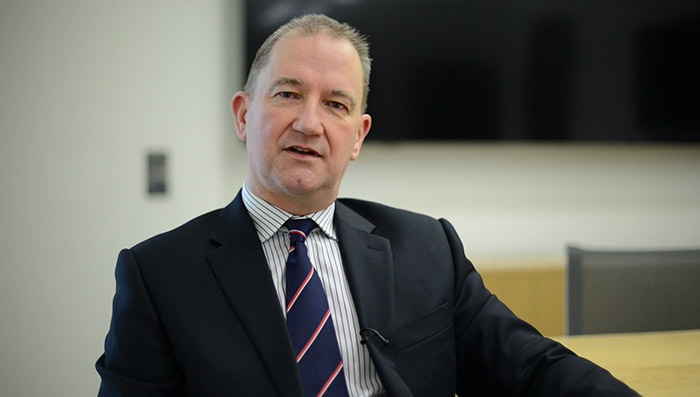
Ewan Kelbie
Head of NATS Defence, NATS

David Barker, Defence Business Development Manager, NATS
"We hope and believe this is just the start of an even closer working relationship. The nature of aviation means that we never stop learning or innovating, whether we use the air for commercial or military purposes. We believe that by fostering those key personal relationships, harnessing the breadth and depth of aviation knowledge across the MOD and NATS, we will be in a strong position to make the most of our increasingly busy airspace and keep it safe for all our aircraft."
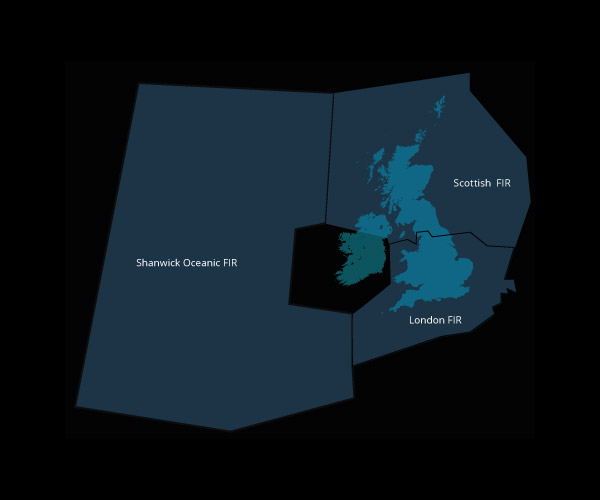
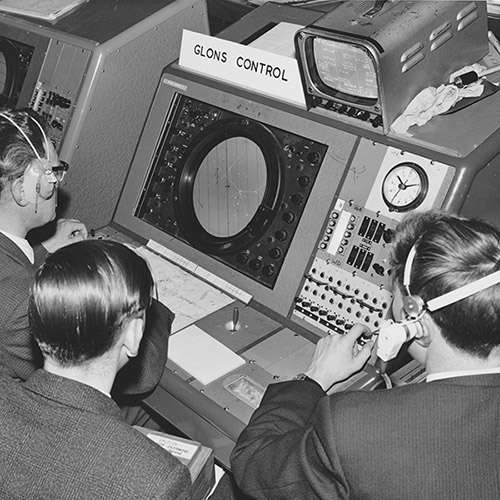

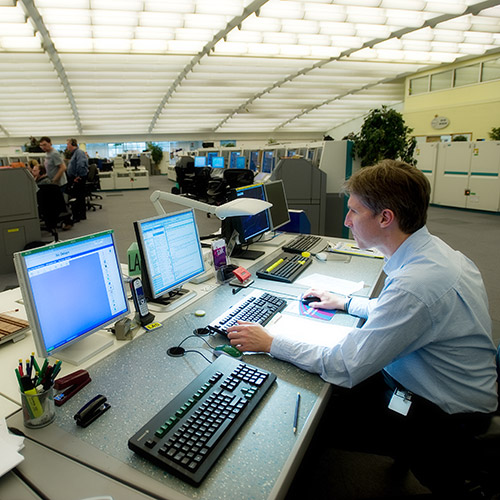
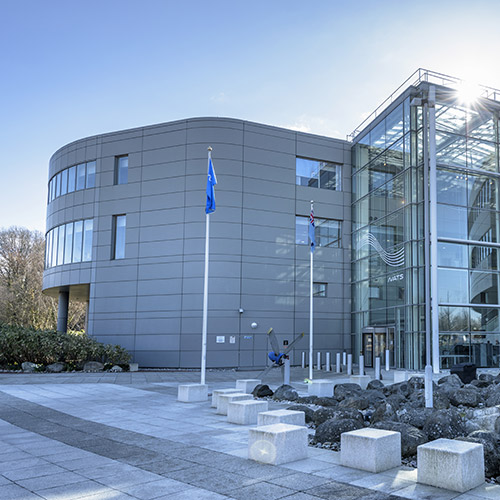
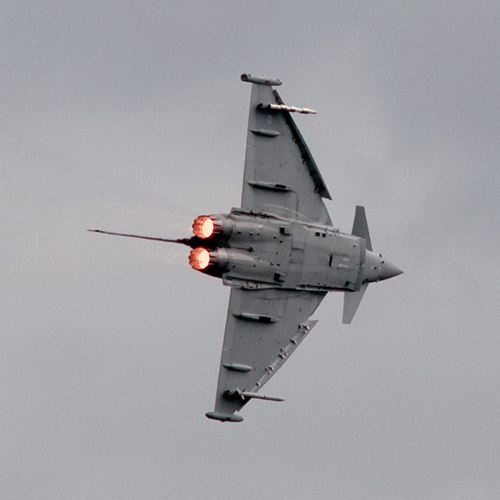
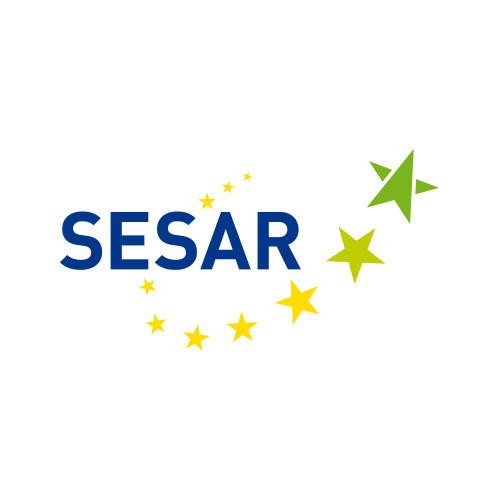

 Head Office
Head Office
